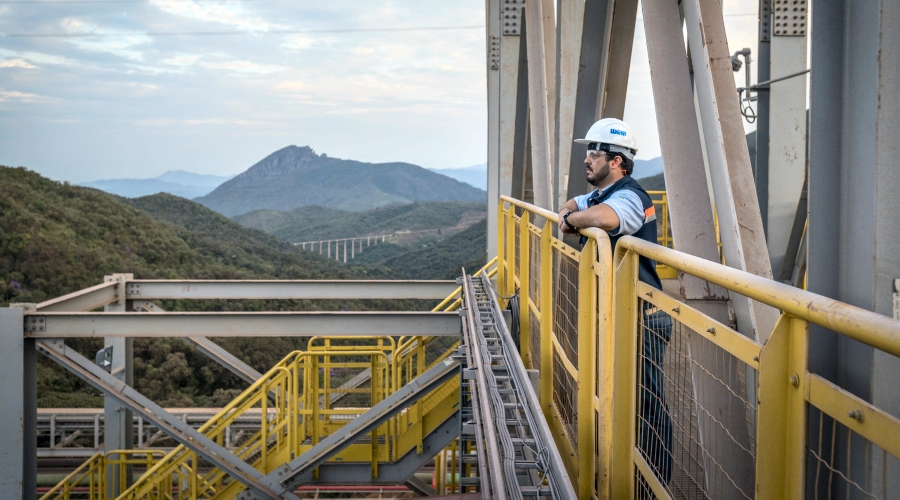Iron ore price bubble bursting

On Tuesday the Northern China benchmark iron ore price fell 2.5% to $54.20 per dry metric tonne according to data supplied by The Steel Index. It was the sixth straight day of declines for the 62% Fe CFR Tianjin port assessment and brought losses so far this month to 17% as a made-in-China speculative bubble in the steelmaking raw material is popped.
Mid-April iron ore hit a 16-month high of $68.70 after a double digit jump over just two trading days amid frenzied dealings in futures on the Dalian Commodities Exchange. On Tuesday, the most active DCE contracts settled 4.7% lower at 384.50 yuan or $59.10 a tonne.
Volumes on Dalian were more sedate with just over 110 million tonnes traded Tuesday. Things have quietened down considerably from torrid levels in March and April when one billion tonnes in a single day was recorded followed a string of sessions that triggered so-called circuit breakers, designed to curb excessive price movements (6% for the iron ore contract).
The more subdued trading is the result of a clampdown on rogue traders, higher margin requirements and trading fees. The measures came after an insane ride for the Chinese steel and iron ore industry over the past couple of months.
Iron ore surged 19.5% in a single day – the first sign the market was losing touch with fundamentals
The first signs that the fundamentals of the physical iron ore trade was no longer much of a factor driving prices came on March 7. The TSI benchmark price surged 19.5% in a single day – in absolute terms the day-on-day rise was roughly half of the price of contracted iron ore during the early 2000s under the old annual contract system.
Recent analysis by the Commonwealth Bank of Australia shows average time a futures contract were held on Dalian and the Shanghai Futures Exchange for rebar is “in and around the four hour mark.” That compares to around 60 hours for the Comex copper contract or around 70 hours for Nymex natural gas in New York. Coupled with the very low levels of open interest indicating positions are not held overnight made it clear the run-up was pure speculation.
In April the value of iron ore tonnes bought and sold was more than 2 trillion yuan or $329 billion (the exchange counts both sides of a trade so the Dalian numbers show double that). And that was down from $477 billion in March.
Six out of the world’s ten most active commodity contracts are now traded in Shanghai, Dalian and Zhengzhou
Another defining feature of Chinese financial markets is the high percentage of retail investors. A whopping 80% of investors buy and sell stocks on the Shanghai and Shenzhen stock markets using their own accounts. On US markets that figure is less than 14%. Many of these investors who had fingers burned shifted their attention from the country’s equity markets to commodity derivatives.
While the plunge on the Shanghai and Shenzen stock exchange had limited effect elsewhere in the world, six out of the world’s ten most active commodity contracts are now traded in Shanghai, Dalian and Zhengzhou.
China consumes more than 80% of the world’s seaborne iron ore cargoes and its steelmakers forge almost as much steel as the rest of the world combined, so miners have always been highly exposed to market movements on the mainland.
But now it seems day-to-day sentiment among mom-and-pop investors has become another crucial factor to consider. And the sentiment has turned decidedly bearish.

More News
{{ commodity.name }}
{{ post.title }}
{{ post.date }}




Comments